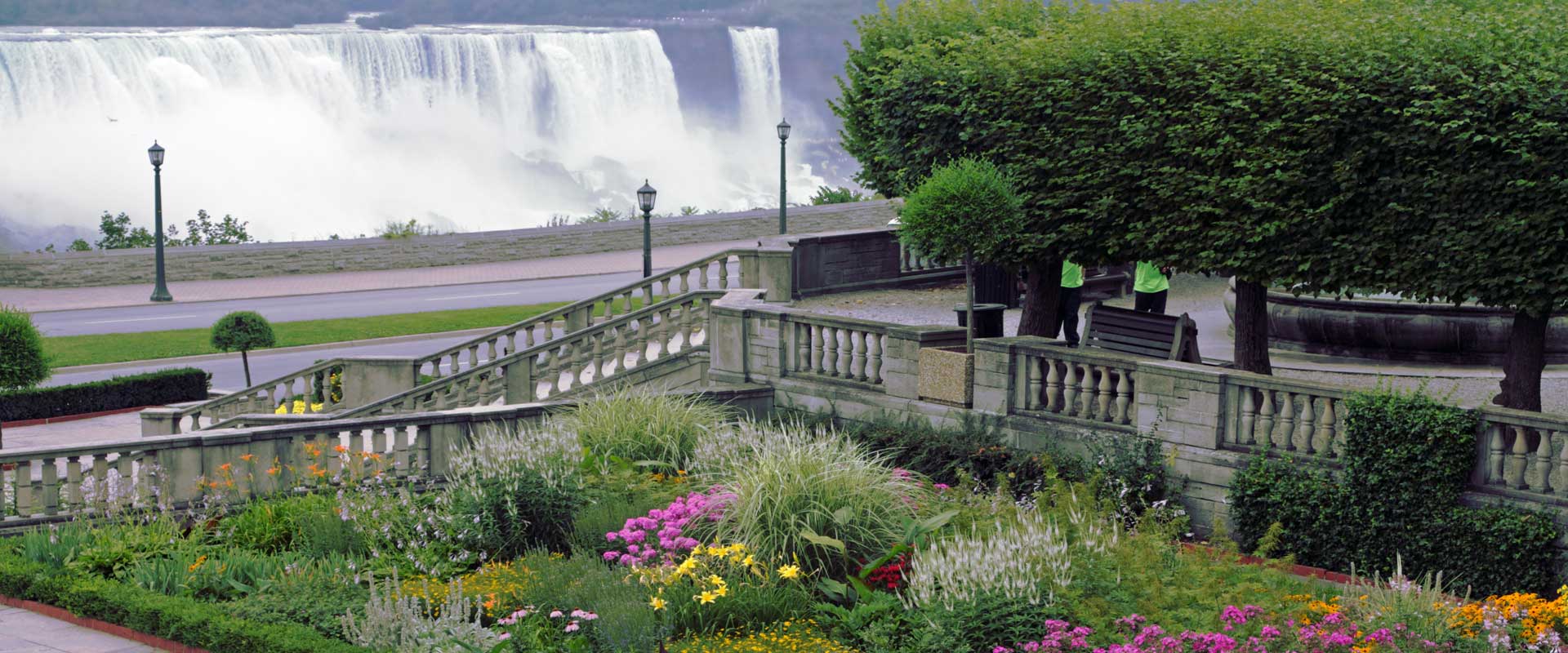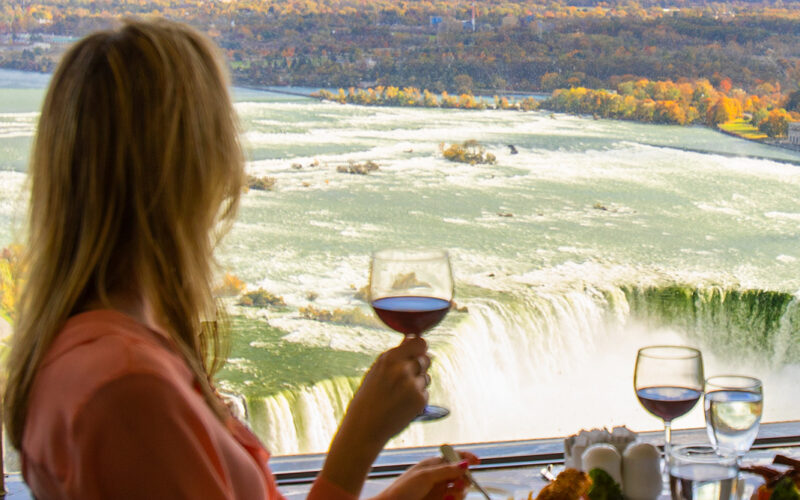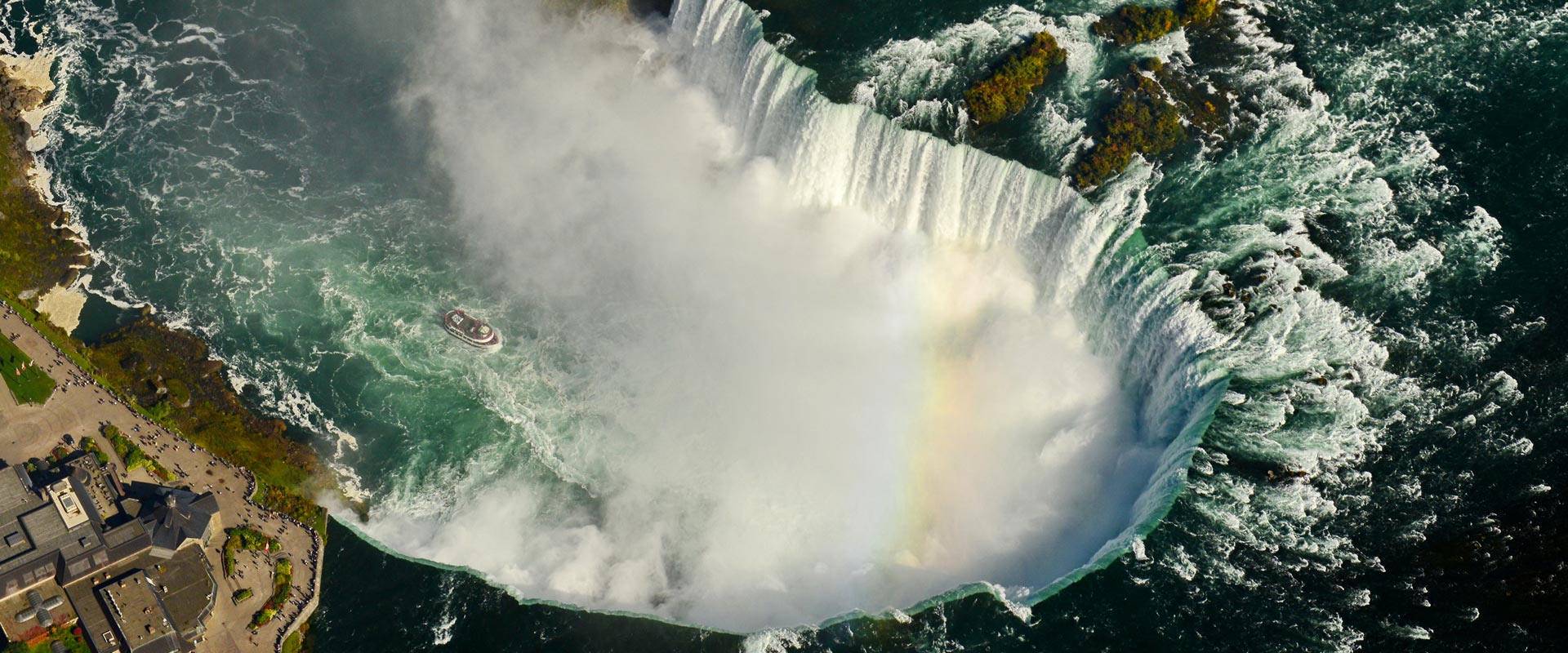
Go Green In Niagara – A Smart & Sustainable Travel
Last updated on October 13, 2025 by K S
Millions visit Niagara throughout the year to enjoy the beauty and witness the mighty power of the cascades. Though the area confronts several challenges, such as pollution, crowds, and pressure on natural resources, as several people converge at it. To travel with responsibility overtakes everything. ”Go Green in Niagara” is not just a phrase but a chant to remember till the end of your session in the place.
Do preserve the nature, help to keep the environment clean without any harm, and support locals as much as you can for as long as you stay there. Let’s explore how responsible you can be while still enjoying every moment of your visit.
Eco-Friendly Travel Tips for Visiting Niagara Falls
A Niagara trip is a bucket-list experience that everyone agrees on. At the same time, it’s important to realize what an impact we leave as one of the million visitors. As per the current global situation, going green is inevitable. All it requires are smart choices that help preserve natural places like Niagara Falls. Be aware of your presence and take care of your surroundings, but there’s no need to shuffle your tour plan.

Go Green in NIAGARA
Here are several tips that can help reduce your environmental impact while exploring the Niagara region:
- Choose Greener ways to Get Around – Explore the area without a car. Walk along the Niagara Parkway or use the WEGO green line shuttle, an electric bus service. Opting for EVs will reduce fuel usage and keep the air clean.
- Carry a reusable water bottle—many visitor centres, restaurants, and parks in the Niagara region offer water refill stations. Because the tap water is safe to drink in the place. Bring your own reusable water bottles instead of buying plastic bottles.
- Cut down on plastic waste—say no to plastic straws and opt for paper or metal alternatives. Bring reusable utensils, containers, and shopping bags. These simple habits help reduce litter and keep the environment clean.
- Support local, not mass-produced—eat at family-run restaurants, shop at farmers markets, and choose souvenirs made by local artists. Avoid mass-produced and shipped products. It helps keep the money within the community.
- Stick to designated trails and paths to help prevent soil erosion, protect local plants, and keep wildlife safe. All of these are achieved by staying on marked trails rather than heading on new paths.
- Go for eco-tours and nature-based experience – Nowadays, tours in Niagara focus on sustainability. Look for electric boat rides, eco-conscious hiking tours, or nature walks led by local guides.
Hotels and Sustainable Businesses Support Go Green in Niagara Region
Choosing where you stay and eat also supports sustainable levels. Many businesses in Niagara Falls are doing their part to go green.
Green Hotels to Consider
There are some hotels run focusing on reducing energy and using recycled waste and thereby supporting the local community. Also, a few hotels are known for water-saving systems and eco-friendly policies. Visitors shall pick any of those eco-friendly hotels to stay and eat while they’re in Niagara Falls.

Green hotels at Niagara Falls to eat
Sustainable Dining & Shops
Niagara Falls has come up with eco-friendly eateries and customer-friendly retail shops that visitors shall access easily. Give a try to visiting plant-based cafes that serve organic food made of locally grown ingredients. Restaurants in and around the Niagara-on-the-Lake region are known for farm-to-table meals. Here, wasting food is strictly prohibited. Do support these small businesses so you can help local workers, farmers, and the environment.
How Climate Change is Affecting the Water Flow at Niagara Falls
Though the power of the cascade is admirable and unchanging, none of the visitors have noticed that Niagara Falls is also affected by the climatic changes in several ways. Let’s discuss all possible means…
- Unpredictable Water Flow – Changes in rainfall patterns, melting ice, and changing temperatures can affect the amount of water flow over the falls. Some years have higher flows, whereas drier than usual has also been witnessed with the falls.
- Less Ice & Shorter Winters – Milder winters show great impact on snowpack and ice coverage on the Great Lakes. That has a great impact on determining how much water reaches the falls.
- Great Lakes Levels are Changing – Lake Erie is the fundamental source of water for Niagara Falls to flow. Henceforth, the lake level is directly proportional to the volume of the falls. The higher the lake levels forceful the cascade will be, and vice versa. Of course! These changes have an impact on erosion rates and the flow strength. Over time, the personal ambience of the area also undergoes changes.
- Increased Erosion & Rockfalls – With unusual weather events like intense downpours or instant freeze-thaw cycles, the cliffs and riverbanks around the falls are vulnerable to erosion that draws impact on long-term preservation and visitor safety.
 Niagara from aerial view
Niagara from aerial view
Visitors’ Responsibility for Go Green In Niagara
Let’s learn more about the effects of climate change and support the conservation efforts. Donate or work with the volunteer with a local organization like the Niagara Parks Commission that actively works on environmental restoration for Go Green in Niagara.
Travel sustainability is all about responsibility. By making eco-friendly choices, you help protect it for others to enjoy. You may walk instead of driving, stay at a green hotel, or learn how climate change affects the falls. Let’s do our part for Go Green in Niagara Falls for today and for the future!





